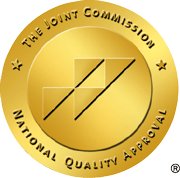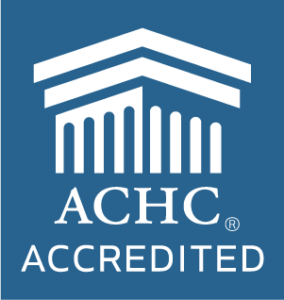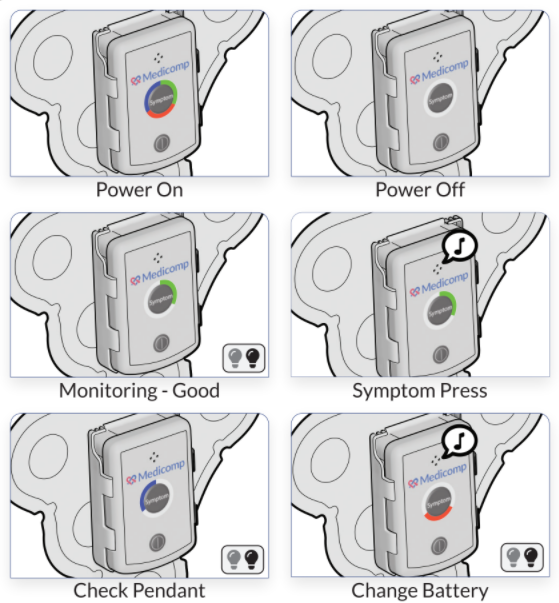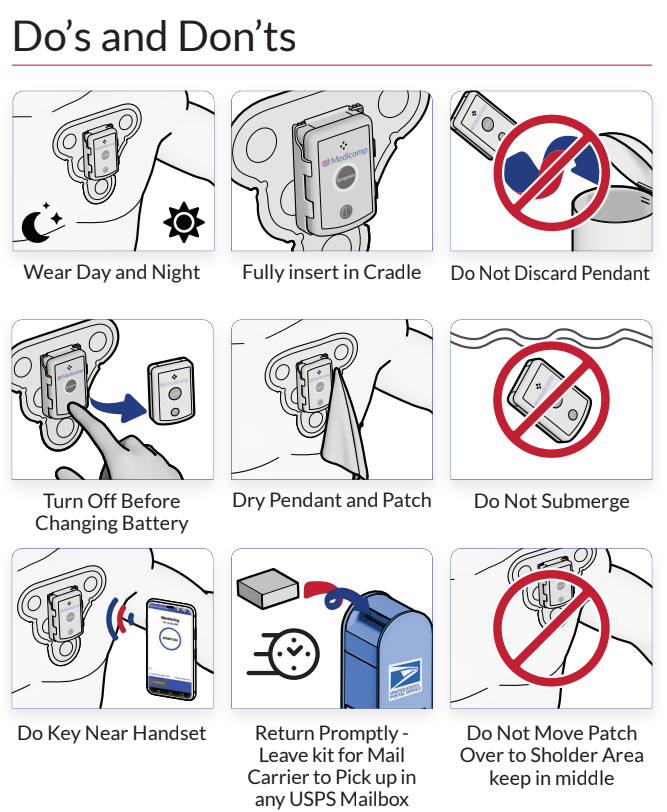As the world’s values shift towards convenience and instant gratification, the future of cardiology is arriving. Online communication is changing every facet of life from how we watch television to how we commute to work. Cardiology is no different. It is expected that within the next 10 years, about 20 percent of routine doctor appointments will occur online. This is especially true for cardiology patients who require frequent check-ups. The emergence of this new technology requires the support of already existing technology such as wearable cardiac monitors.
Telecardiology May Be the Future
Electronic communications are being used more and more for patient-doctor interaction. As of now, there are over 3,500 websites dedicated to telemedicine. Over half of all hospitals use some form of telemedicine. There are a number of reasons and scenarios where telecardiology makes sense:
- When patients have cardiology issues, they want to work with the best doctors, even if they are located many miles away. Telecardiology puts the best doctors into closer reach. Patients only have to travel to the location when absolutely necessary.
- Some hospitals or facilities have enough patients to require a cardiology presence, but not enough to employ a full-time cardiologist. Telecardiology can bring expertise to the facility when it is needed.
- Telecardiology can improve patient care. There are some instances when patients just need a new game plan if current treatment isn’t succeeding. Speaking face-to-face over a video conferencing system provides improved patient care and convenience.
Telecardiology Boosts Importance of Other Cardiac Technology
In order to truly provide the best patient care, doctors need evaluative methods that still perform, even when they aren’t seeing a patient in the office. Currently, nearly one million people are using cardiac monitors. The remote monitors make telecardiology easier and within reach of many cardiologists. Cardiology has been an early adopter of technology for many years, so adopting telecardiology will likely be no different. The field already has the advanced technology needed to support telecardiology.
There Are Challenges
Implementing telecardiology is not always a simple process. There are some challenges that have arisen:
- Insurance reimbursement is one issue that is constantly evolving. Some insurance plans, including Medicaid and Medicare, will pay for some services.
- Secure technology is needed. Doctors need to use a secure network to communicate with patients, which limits the flexibility of scheduling.
- Doctors need to be early adopters in order to successfully implement telecardiology. Implementation will likely require some convincing of hospital or clinic administrators.
Cardiology is an always-evolving technological landscape. Telecardiology is likely to grow in popularity because of its many benefits. With the support of other cardiac technology, such as wearable cardiac monitors, telecardiology can change the landscape of patient-doctor interaction. For more information on cardiac news and trends, read our blog. For additional information about wearable cardiac monitors, contact us today.



